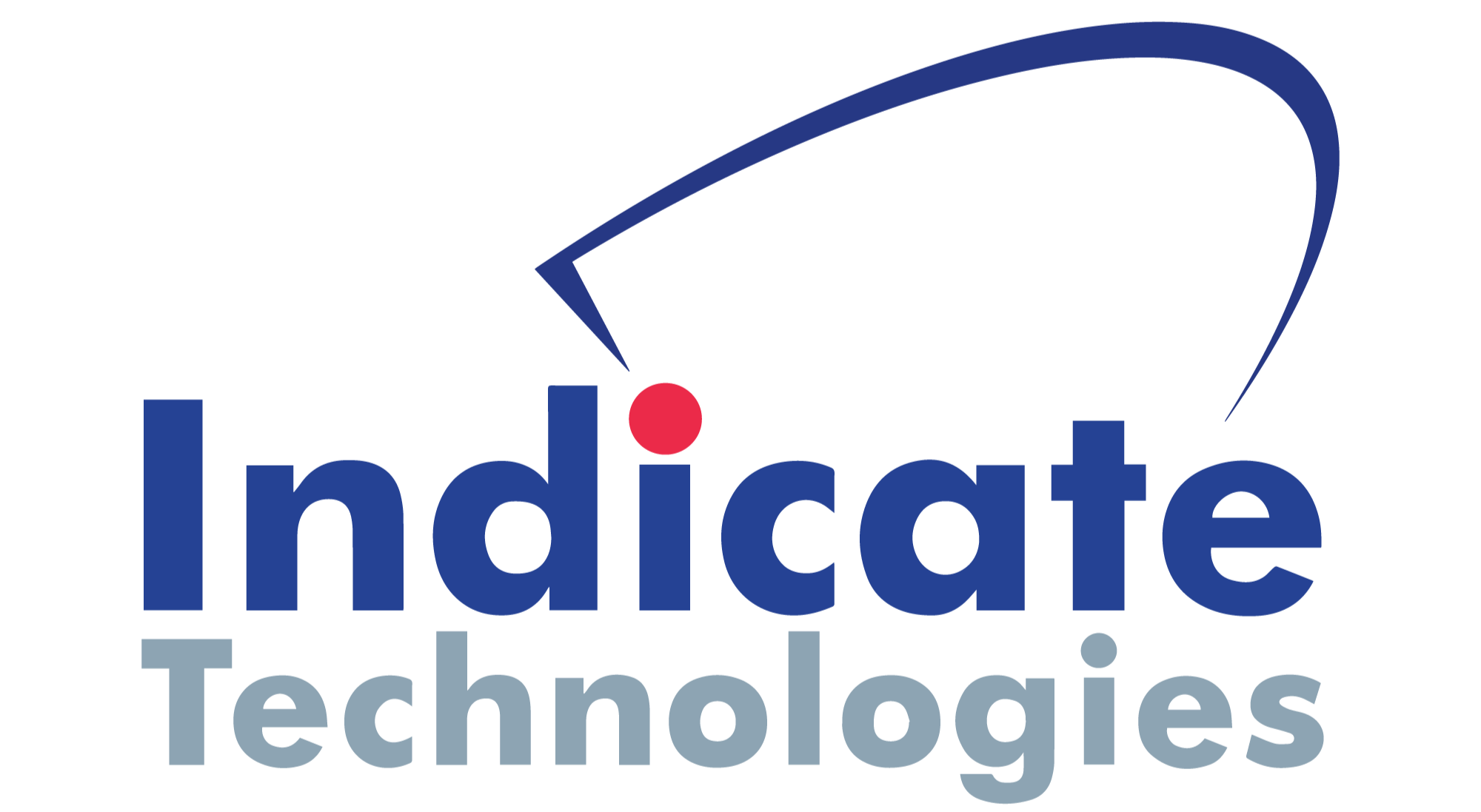In this case study, we perform a surface finish inspection using our Sensofar s neox to evaluate the surface roughness and detect defects in a 3D printed stainless steel steering joint.
SURFACE FINISH CASE STUDY
3D Printed Power Steering Joint
Understanding the Power Steering Joint
The power steering joint is used to transfer power between an electric power steering motor and the steering shaft in a vehicle. Enabling smooth transfer of steering input from the driver to the wheels, this joint plays a crucial role in ensuring safe and reliable steering.
This particular power steering joint was 3D printed on Desktop Metal Studio. Metal 3D printing is revolutionizing the automotive industry, allowing automotive manufactures to prototype faster, provide cost-effective replacement parts, and design components with complex geometries and intricate designs.
Application Details
Part: Power steering rag joint
Material: 17-4 PH stainless steel
Manufacturing method: 3D printed on Desktop Metal Studio System
Inspections performed: Surface roughness (Ra) evaluation and defect detection
Equipment used: Sensofar s neox
Inspection Approach
The goal of this inspection was to evaluate the surface roughness and detect defects on one of this joint's critical mating surfaces. The critical surface we inspected comes into direct contact with the vehicle's steering shaft, impacting its functionality and overall performance. Surface roughness directly affects friction, wear, and lubrication, which can significantly impact the component's efficiency and durability. We also looked for surface defects, such as cracks, pits, and peaks. These types of defects can compromise the joint's performance and lead to potential hazards on the road.
Armed with the Sensofar s neox optical profiler, we acquired a highly-accurate stitched areal scan of the critical surface. A 10X confocal objective lens was used, allowing for non-destructive 3D imaging. We captured detailed surface profile and roughness data, providing a foundation for in-depth analysis.
The Sensofar s neox: Precision in Every Detail
This optical profiler uses white-light interferometry to capture surface information at a sub-micron level and produces 3D images of the surface under investigation. The s-neox is capable of inspecting surfaces using three different scanning types: confocal, interferometric, and Ai focus variation scanning.Confocal Scanning
A non-contact measurement technique that uses a chromatic sensor to measure the distance between the sensor and the object being measured. The sensor emits a beam of light that is focused on a small area of the object, and the light that is reflected back is analyzed to determine the distance between the object and the sensor.
Results
After acquiring data from the s neox, we jumped over to Sensofar's SensoVIEW analysis software to evaluate the surface quality.
The surface roughness, expressed as Ra (arithmetical mean deviation), was recorded at 2.71 microns, roughly matching the surface finish of traditional metal cutting methods (ex. milling, broaching, and reaming). This was a positive result, as it showed that metal 3D printing can produce acceptable surface finishes for critical components.
However, the examination also revealed the presence of a prominent peak defect, standing at approximately 60 microns tall. This was a finding that could have implications on the component's overall performance.
Explore Other Case Studies
Dimensional Inspection
Surface Finish
CT Scanning
Machined QVI Block Inspection - Manufacturing
This dimensional inspection was performed on our OGP FlexPoint multisensor CMM to measure the desired dimensions and evaluate the GD&T callouts indicated in the part drawing. This application showcases the functionality of the FlexPoint CMM, using optics and an articulating touch probe to measure complex surfaces and a laser to measure surface flatness.
Automotive - 3D Printed Steering Rag Joint
Using our Sensofar s neox optical profiler, we analyzed the surface of a 3D printed steering rag joint for defects and evaluated the surface roughness of a critical contact surface.
Lithium Ion Battery Inspection - Automotive
Discover how the National Institute for Scientific Research (INRS) utilizes CT scanning to inspect the microstructure of materials within electric vehicle batteries.
Hydrogen Fuel Cell Inspection - Automotive
Hydrogen fuel tanks are inspected using EasyTom CT scanners for an accurate and comprehensive analysis of the exterior and interior of the tanks. This inspection process ensures the dependability, effectiveness, and safety of hydrogen-powered vehicles.










